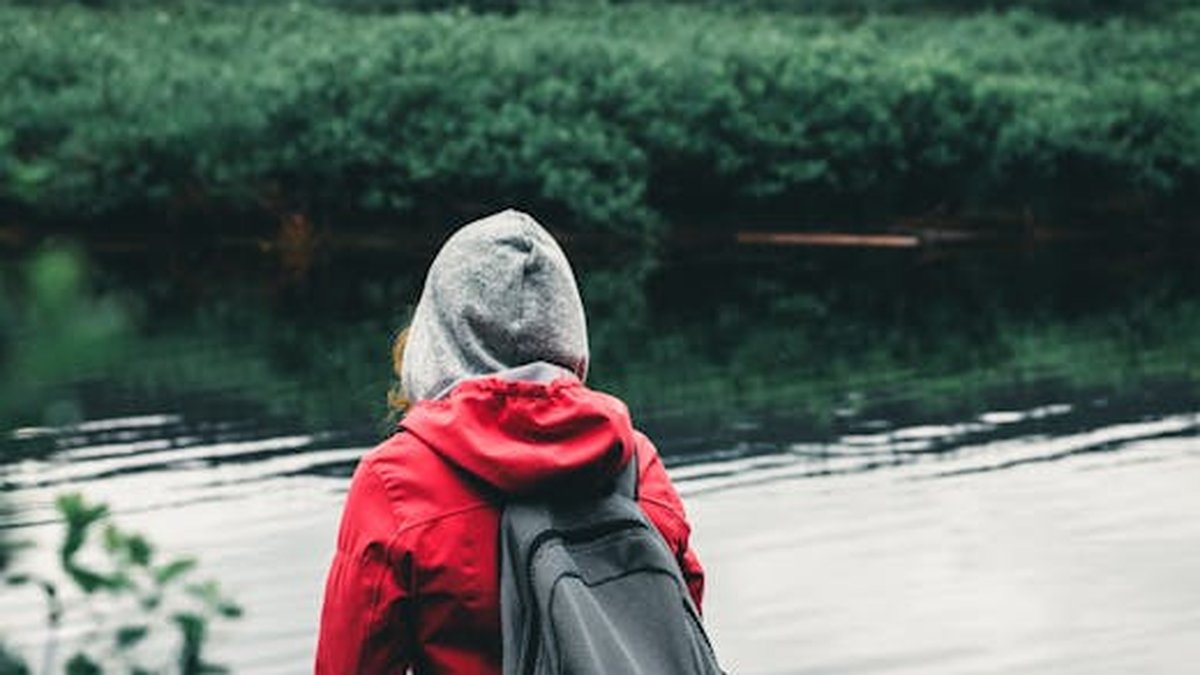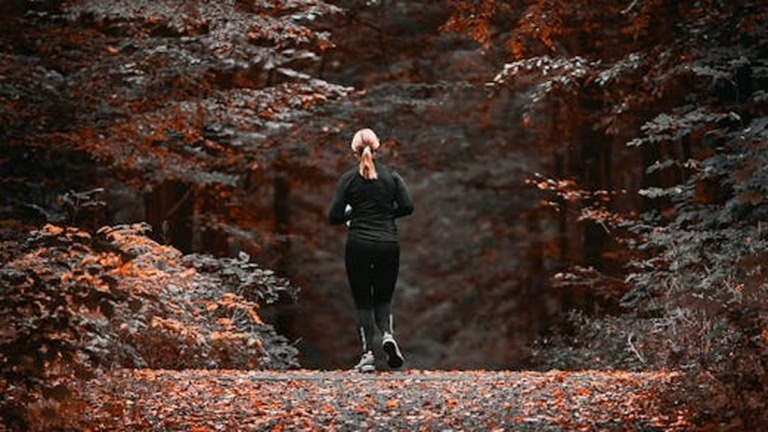Autumn Adventures: Hiking Safety Tips for the Season
Embrace the Beauty of Autumn on the Trails
Autumn is arguably the most beautiful time to hit the trails. The vibrant colors of the changing leaves, the crisp air, and the fewer crowds make for an idyllic hiking experience. However, the season also presents unique challenges that require careful planning and preparation. Don’t let the stunning scenery distract you from the potential hazards. This guide provides essential hiking safety tips to help you enjoy your autumn adventures to the fullest.
Gear Up for Success
Having the right gear is crucial for a safe and enjoyable hike, especially in the unpredictable autumn weather.
Layering is Key
Temperatures can fluctuate dramatically throughout the day in the fall. Dressing in layers allows you to adjust to changing conditions. Start with a moisture-wicking base layer, add an insulating layer like fleece or down, and finish with a waterproof and windproof outer shell.
Footwear Matters
Choose sturdy hiking boots that provide good ankle support and traction. Trails can be slippery with fallen leaves and damp conditions. Make sure your boots are properly broken in before heading out on a long hike to avoid blisters.
The Essential Backpack
Pack a backpack with the following essentials:
- Plenty of water (more than you think you’ll need)
- High-energy snacks (trail mix, energy bars, fruit)
- First-aid kit (including blister treatment)
- Navigation tools (map, compass, GPS)
- Headlamp or flashlight (with extra batteries)
- Sunscreen and sunglasses
- Knife or multi-tool
- Fire starter (waterproof matches or lighter)
- Emergency shelter (bivy sack or space blanket)
Navigating the Autumn Landscape
Autumn can make navigation more challenging. Fallen leaves can obscure trails, and shorter daylight hours mean you need to be extra mindful of time.
Map and Compass Skills
Don’t rely solely on your phone for navigation. Batteries can die, and cell service can be unreliable in remote areas. Learn how to use a map and compass, and practice your skills before heading out on the trail. Always carry a physical map and compass, even if you also use a GPS device.
Plan Your Route Carefully
Choose a trail that is appropriate for your fitness level and experience. Research the trail conditions beforehand and be aware of any potential hazards. Share your hiking plans with someone and let them know when you expect to be back.
Be Aware of Daylight Hours
Daylight hours are shorter in the fall, so start your hike early and allow plenty of time to return before dark. Carry a headlamp or flashlight, even if you don’t plan to hike after dark. It’s always better to be prepared.
Weather Awareness is Paramount
Autumn weather can be unpredictable and change rapidly. Check the forecast before you go and be prepared for a variety of conditions.
Monitor the Forecast
Pay attention to the weather forecast in the days leading up to your hike. Be aware of potential storms, temperature changes, and wind conditions. Mountain forecasts can be very localized and differ significantly from valley forecasts.
Be Prepared for Rain and Wind
Autumn is often a rainy season. Pack waterproof gear and be prepared for strong winds, especially at higher elevations. Wind can significantly lower the perceived temperature, so dress accordingly.
Hypothermia Awareness
Hypothermia is a serious risk in the fall, even when temperatures are above freezing. Wet clothing and wind can quickly lower your body temperature. Recognize the symptoms of hypothermia (shivering, confusion, slurred speech) and take immediate action to warm the affected person.
Wildlife Encounters
Autumn is a busy time for wildlife as animals prepare for winter. Be aware of your surroundings and take precautions to avoid encounters.
Bear Safety
If you are hiking in bear country, carry bear spray and know how to use it. Make noise while hiking to avoid surprising bears. Store food properly in bear-resistant containers or hang it from a tree.
Other Wildlife
Be aware of other wildlife, such as deer, elk, and moose. Give them plenty of space and avoid approaching them. Do not feed wildlife, as this can make them dependent on humans.
Leave No Trace
Protect the environment and preserve the beauty of the trails for future generations by following Leave No Trace principles.
- Pack out everything you pack in.
- Stay on established trails.
- Minimize campfire impacts.
- Respect wildlife.
- Be considerate of other visitors.
Enjoy Your Autumn Adventure!
With careful planning and preparation, you can enjoy the stunning beauty of autumn on the trails safely. Remember to gear up properly, navigate carefully, be aware of the weather, respect wildlife, and leave no trace. Happy hiking!





